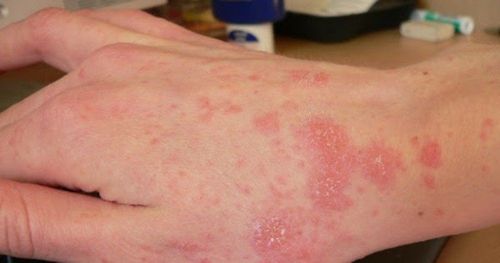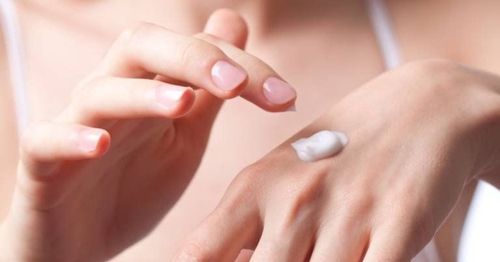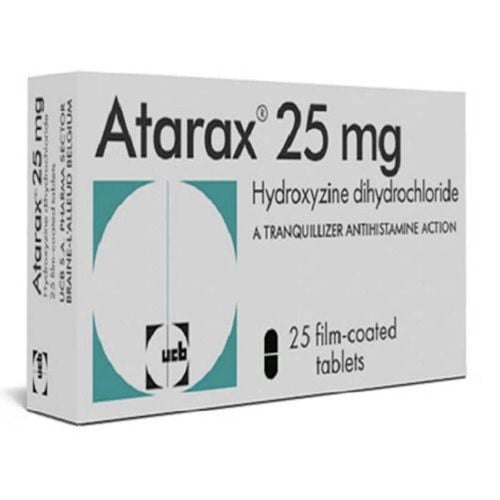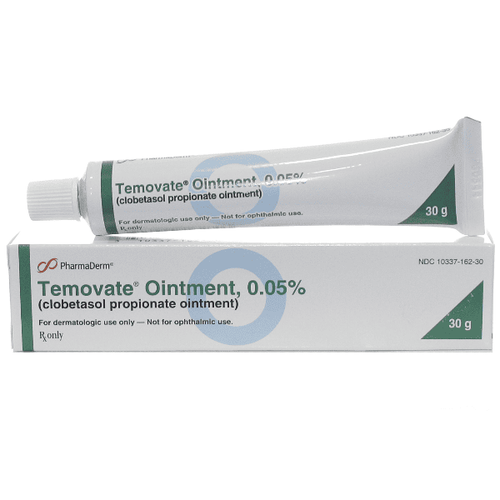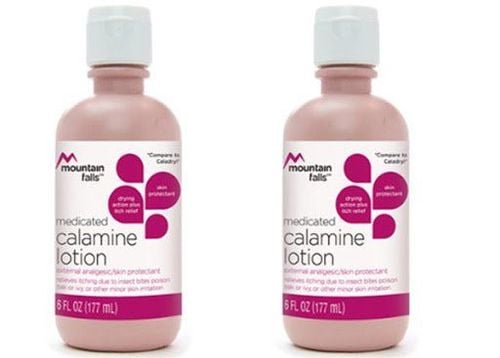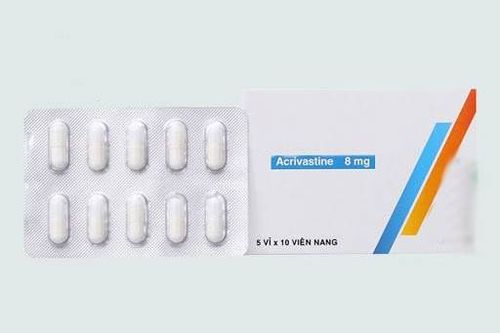This is an automatically translated article.
Dermatomyositis can present in young children with typical symptoms such as dry skin lesions accompanied by itching. The disease has a great impact on the health and development of children, so it needs to be treated early and aggressively.1. What is atopic dermatitis in children?
1.1 Epidemiological features Atopic Dermatitis, also known as atopic eczema, is a chronic, recurrent inflammatory skin disease, seen mainly in children and related to atopic dermatitis. Normally, the skin has a protective barrier, which prevents water in the skin from evaporating and protects the skin from external pathogens. In people with atopic dermatitis, the protective layer of the skin is damaged, the skin is dry, dehydrated, foreign bacteria invade and appear red, itchy blisters on the skin.
Atopic dermatitis usually appears quite early, is common in children in the period of 3 months after birth and lasts until about 5 years of age. According to statistics, about 60% of children have atopic dermatitis in the first year, 30% develop the disease in the first 5 years and in older children, the incidence rate is only 10%. Usually, the disease goes away when the child enters adulthood. However, there are many cases of atopic dermatitis that recur many times until adulthood, causing many inconveniences and negative effects on children's health.
1.2 Causes and symptoms of the disease The cause of atopic dermatitis in children is mainly genetic. In addition, the factors that cause the disease to initiate and aggravate include: allergens in the air (waste of house bugs, woolly wool,...), exotoxins of Staphylococcus aureus, food allergies ( eggs, milk, fish, soybeans, flour,...).

Bệnh viêm da cơ địa ở trẻ nhỏ
Regarding symptoms, children with atopic dermatitis have different symptoms depending on the stage of the disease. Specifically, in the acute stage, the disease's manifestations are papules and papules on the skin, with red skin patches with unclear boundaries, vesicular exudates, edematous skin, crusted secretions, etc. It is localized to the forehead, cheeks, chin, and if it is more severe, it can spread to the arms and trunk. In the subacute stage, the disease symptoms are milder, the skin is not edematous or exuding. In the chronic stage, young skin is thick and dark, clearly demarcated, with painful cracks, lesions in large folds, palms, soles, wrists, shins, neck, nape, and fingers. ,...
If not treated promptly, atopic dermatitis in children can lead to complications such as infection; Skin damage leaves permanent scars, cosmetic effects later. In addition, the disease also affects the digestive system of children, making them malnourished. With severe cases of atopic dermatitis, the disease can affect the nerves, affecting the health of the child. In addition, if not treated properly, the disease will recur many times, persist until adulthood, accompanied by complications such as conjunctivitis, allergic rhinitis, asthma, etc. ..
2. Methods of treating atopic dermatitis in children
The goal of treating atopic dermatitis in children is to eliminate itching and inflammation of the skin, soothe the skin, fight dry skin, fight infection,... Depending on the specific case, there will be options. Choose the right treatment. Specifically:
2.1 Treatment of atopic dermatitis with folk leaves In folklore, there are a number of herbs that have the effect of treating atopic dermatitis such as betel leaves, green tea, star fruit leaves, and simple leaves. red (single general),... These herbs can be used to bathe children. The advantage of this treatment method is that it is close, safe, cheap, and has the effect of reducing itching, anti-bacterial, supporting the treatment of atopic dermatitis in children effectively.
However, this method requires long-term persistence. At the same time, in addition to leaf bathing, parents should use more moisturizers or drugs prescribed by a doctor to quickly repel atopic dermatitis. When treating with this method, parents need to pay attention to strictly follow the instructions of the doctor and need to ensure hygiene and avoid infection for the child.
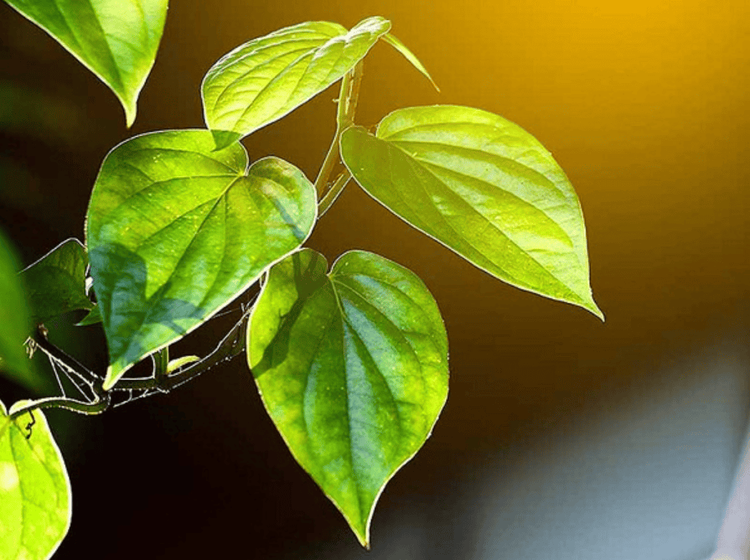
Lá trầu không có tác dụng điều trị viêm da cơ địa
2.2 Treatment of atopic dermatitis by Western medicine The treatment of atopic dermatitis according to Western medicine mainly focuses on the following purposes: Soothe the skin, fight dry skin, prevent dermatitis with the following drugs:
Medicines Depending on the purpose to be achieved, the doctor may prescribe the use of a topical drug or a combination of several types to achieve the highest effectiveness. The main effect of topical drugs is local treatment, eliminating disease symptoms. Topical drugs commonly used for patients with atopic dermatitis are:
Skin moisturizers Main treatment drugs Moderate treatment drugs Strong treatment poultices Creams for keratosis, scabs *Note: When using Using topical medications to treat atopic dermatitis in children, especially those with high activity, should strictly follow the doctor's instructions on the type of drug, dose and duration of use to avoid encountering adverse effects. unwanted side effects.
Oral drugs In addition to topical medications, doctors can also prescribe atopic dermatitis children to use oral drugs that work on the whole body to improve skin sensitization. Commonly prescribed oral drugs include:
Antibiotics group Immunosuppressive drugs Group oral corticosteroids *Note: When using oral drugs, it is necessary to strictly follow the doctor's instructions on the type of drug, Dosage and duration of use in each specific case, avoid self-medication to minimize the risk of unpredictable side effects.
2.3 Treatment of atopic dermatitis with Oriental medicine According to the concept of Eastern medicine, the cause of atopic dermatitis is due to the detoxification functions of the liver and kidneys being impaired, blood gas does not circulate, and accumulates under the skin. causing rashes, inflammation, ... Mechanism of treatment of atopic dermatitis according to Oriental medicine focuses on the detoxification process and enhances the function of internal organs with remedies prepared from natural herbs. . This is an effective, safe and benign method. However, before giving children traditional medicine, parents need to consult a doctor.

Điều trị viêm da cơ địa bằng các bài thuốc trong Đông y
3. How to take care of children with atopic dermatitis
In addition to treatment, parents need to pay attention to the following issues to reduce the risk of disease and recurrence of atopic dermatitis in children:
It is advisable to exclusively breastfeed children for the first 6 months of life to have good immune system; Keep the child's bedroom cool, clean, with a reasonable humidity; Should limit children's contact with dirt or animal hair; When giving children milk, nutritious food, powder,... it is necessary to monitor whether the baby has signs of an allergy, if so, it is necessary to change another type of food; Children's clothes should be made from soft fabrics, no dust, and wool and wool should be limited because they can easily cause itching and skin irritation; Wash the child's body with warm water, not too hot or too cold; Choose a shower gel with a suitable pH for your baby, mildly acidic, helps to regenerate and maintain skin pH, washes away dirt, does not dry the skin and does not contain ingredients that cause skin irritation; Apply baby moisturizer right after bathing; Clean the baby's diaper area, avoid skin rash; Watch out, do not let children scratch or scratch to hurt the skin; Add enough water and foods rich in vitamins A, B, C, and Omega-3 for your baby to strengthen the body's resistance and fight inflammation from within. Atopic dermatitis in children can be complicated if not treated properly. Therefore, parents need to pay attention when their baby has warning signs of atopic dermatitis, so they should go to the doctor immediately for the most appropriate intervention and treatment.
At Vinmec International General Hospital, there is a package of examination and advice on treatment of atopic dermatitis to help customers assess the overall condition of the disease and advise on measures to help prevent recurrence.
When registering for a package of examination and consultation for treatment of atopic dermatitis, customers will receive: Dermatology specialist examination. Perform tests such as: quantitative IgE, fresh mycobacteria, specific IgE quantification with respiratory allergens - food (Panel 1 Viet), test Rida Allergy Screen (panel 1)...
To be examined and treated with leading Dermatologists at Vinmec, you can contact HERE
MORE:
Package of examination and consultation for treatment of atopic dermatitis Atopic dermatitis: Things to know Children with atopic dermatitis: How to take care properly?




